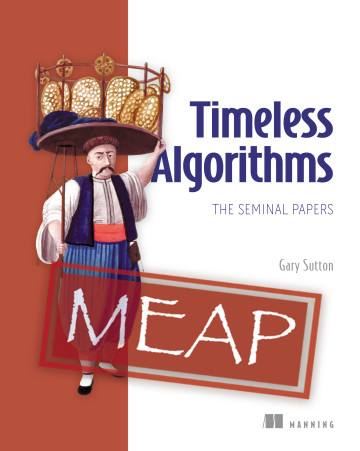1 Seeing inside the black box
Modern data science often feels like flying on autopilot: polished tools make modeling effortless, but when conditions shift, few can explain what’s happening under the hood. This chapter argues that the real risk isn’t algorithmic error itself, but our uncritical trust in systems we don’t understand. It frames the widening gap between usability and understanding across high‑stakes domains, shows how convenience creates an illusion of comprehension, and introduces a conceptual “hidden stack” that reveals the layered reasoning—data choices, modeling assumptions, objectives, and philosophical commitments—behind every prediction.
Algorithms are not neutral; they encode assumptions about how the world works, what errors matter, and how uncertainty should be handled. The chapter contrasts model families (for example, rule‑based ensembles versus neural networks) to show how different inductive biases lead to different answers, strengths, and failure modes. It makes a case for interpretability as a necessity, not a luxury—especially amid bias, data drift, and fat‑tailed risks—and for wisdom over rote execution. To ground that judgment, it reconnects modern practice to enduring ideas—from Bayes’ belief updating and Fisher’s estimation to Breiman’s “two cultures” and Shannon’s information—arguing that historical literacy is the surest defense against brittle systems and hidden bias.
With stakes rising and automation spreading, the chapter maps where foundational understanding changes outcomes: accountability and explanation; diagnostic habits that test assumptions and detect leakage or drift; model selection that balances structure, accuracy, and interpretability; ethical and epistemological clarity about what models claim to know; and prudent use of tools like LLMs and AutoML without outsourcing judgment. It outlines how the book will teach through timeless works, translating them into practical mental models for framing problems, aligning objectives, calibrating uncertainty, and choosing thresholds and methods responsibly. The promise is not more code, but clearer thinking—so you can build models you can trust, diagnose when they fail, and ultimately see inside the black box.
The hidden stack of modern intelligence. This conceptual diagram illustrates the layered structure beneath modern intelligence systems, from raw data to philosophical commitments. Each layer represents a critical aspect of data-driven reasoning: how we collect and shape inputs, structure problems, select and apply algorithms, validate results through mathematical principles, and interpret outputs through broader assumptions about knowledge and inference. While the remaining chapters in this book don’t map one-to-one with each layer, each foundational work illuminates important elements within or across them—revealing how core ideas continue to shape analytics, often invisibly.

Summary
- Interpretability is non-negotiable in high-stakes systems. When algorithms shape access to care, credit, freedom, or opportunity, technical accuracy alone is not enough. Practitioners must be able to justify model behavior, diagnose failure, and defend outcomes—especially when real lives are on the line.
- Automation without understanding is a recipe for blind trust. Tools like GPT and AutoML can generate usable models in seconds—but often without surfacing the logic beneath them. When assumptions go unchecked or objectives misalign with context, automation amplifies risk, not insight.
- Foundational works are more than history—they're toolkits for thought. The contributions of Bayes, Fisher, Shannon, Breiman, and others remain vital because they teach us how to think: how to reason under uncertainty, estimate responsibly, measure information, and question what algorithms really know.
- Assumptions are everywhere—and rarely visible. Every modeling decision, from threshold setting to variable selection, encodes a belief about the world. Foundational literacy helps practitioners uncover, test, and recalibrate those assumptions before they turn into liabilities.
- Modern models rest on layered conceptual scaffolding. This book introduces the “hidden stack” of modern intelligence, from raw data to philosophical stance—as a way to frame what lies beneath the surface. While each of the following chapters centers on a single foundational work, together they illuminate how deep principles continue to shape every layer of today’s analytical pipeline.
- Historical literacy is your best defense against brittle systems. In a field evolving faster than ever, foundational knowledge offers durability. It helps practitioners see beyond the hype, question defaults, and build systems that are not only powerful—but principled.
- The talent gap is real—and dangerous. As demand for data-driven systems has surged, the supply of deeply grounded practitioners has lagged behind. Too often, models are built by those trained to execute workflows but not to interrogate their assumptions, limitations, or risks. This mismatch leads to brittle systems, ethical blind spots, and costly surprises. This book is a direct response to that gap: it equips readers not just with technical fluency, but with the judgment, historical awareness, and conceptual depth that today’s data science demands.
 Timeless Algorithms: The Seminal Papers ebook for free
Timeless Algorithms: The Seminal Papers ebook for free